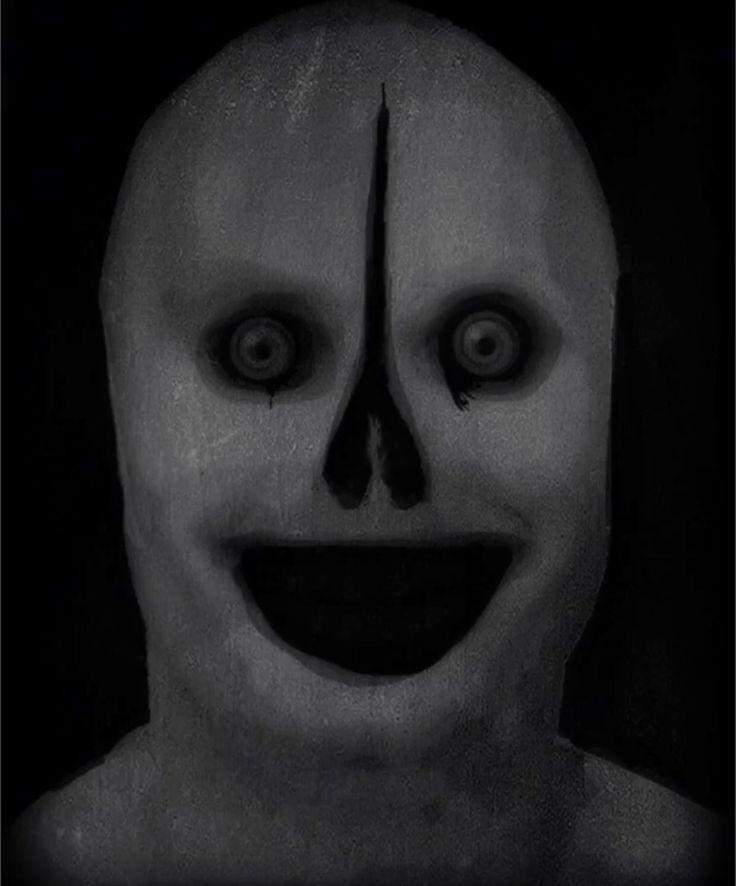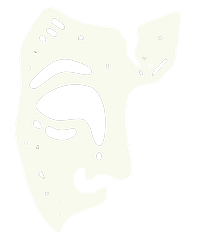In the shadowy corners of our collective imagination lies a realm that captivates and unsettles in equal measure—the world of the creepy and the uncanny. This peculiar domain, filled with whispers and echoes, challenges our perceptions and stirs our emotions in ways both haunting and fascinating. From ghostly apparitions that linger in twilight to the unsettling mimicry of the familiar, the allure of the eerie taps into our deepest fears and curiosities. As we venture into this intriguing landscape, we unravel the threads that weave together folklore, art, and psychology, exploring why the creepy and the uncanny hold such powerful sway over the human psyche. Join us on this journey as we delve into the nuances of unease and the magnetic pull of the bizarre, uncovering the beauty that often lies within the darkness.
Table of Contents
- Unveiling the Psychology Behind the Uncanny Experience
- The Art of Fear: How Horror Influences Creativity
- Embracing the Unknown: Engaging with Creepy Aesthetics in Everyday Life
- Curating a Collection of Haunting Narratives and Artifacts
- In Conclusion
Unveiling the Psychology Behind the Uncanny Experience
The psychology behind experiencing the uncanny taps into our deepest fears and curiosities, allowing a glimpse into the complexities of the human mind. When we encounter situations or objects that feel familiar yet unsettling, our cognitive dissonance is activated, challenging our understanding of reality. This phenomenon, often described as a feeling of eeriness, can stem from various sources, including:
- Ambiguity: Situations that blur the line between the familiar and the alien create discomfort.
- Artifice: Man-made items mimicking human traits can provoke unsettling feelings.
- Violation of Nature: When natural laws are subverted, such as in horror narratives, the uncanny emerges.
This psychological response is not merely a product of fear; it intertwines with our innate desire for exploration and understanding. In many ways, the uncanny experience acts as a catalyst for self-reflection, encouraging individuals to confront their fears and biases while exploring the duality of existence. The profound effect of the uncanny can be illustrated through a simple framework:
| Element | Effect on Mind |
|---|---|
| Familiarity | Creates comfort and safety. |
| Strangeness | Evokes feelings of confusion and fear. |
| Intersection | Stimulates curiosity and reflection. |
The Art of Fear: How Horror Influences Creativity
The interplay between fear and creativity reveals a fascinating dynamic, where the unsettling becomes a catalyst for innovative expression. Embracing the eerie aspects of life can lead artists, writers, and creators to plunge into the depths of their imagination, challenging the limitations of conventional thought. The shock of horror compels us to confront our deepest anxieties, transforming them into compelling narratives. The inspiration drawn from fear often stems from the following elements:
- Exploration of the Unknown: Delving into the unseen can uncover fresh perspectives.
- Catharsis: Engaging with fear allows us to process our emotions and experiences.
- Heightened Empathy: Experiencing horror can foster a deeper understanding of others’ fears.
This intricate relationship is evident across various forms of artistic endeavor, from literature and films to visual art and music. The unpredictability of horror instills a sense of urgency, pushing creators to experiment with form and style. To illustrate this phenomenon, consider the following table showcasing different mediums influenced by the horror genre:
| Medium | Influence of Horror |
|---|---|
| Literature | Engaging narratives featuring psychological tension. |
| Film | Visually impactful storytelling utilizing suspense. |
| Visual Art | Provocative imagery that challenges perceptions. |
| Music | Soundscapes designed to evoke dread or tension. |
Embracing the Unknown: Engaging with Creepy Aesthetics in Everyday Life
Venturing into the realm of the uncanny offers an exhilarating escape from the mundane, encouraging a deeper appreciation for life’s eerie subtleties. Engaging with spooky aesthetics can transform ordinary spaces into portals of wonder. Consider elements that evoke a sense of mystery and fascination, such as:
- Dramatic lighting: Use dim lamps and flickering candles to create haunting shadows.
- Gothic decor: Incorporate ornate picture frames, antique mirrors, and vintage curios to inspire curiosity.
- Unusual color palettes: Embrace deep burgundies, haunting greens, and otherworldly blacks to invoke a sense of allure.
In addition to aesthetics, embracing the unknown can be a conduit for creative expression. Explore activities that celebrate the eerie, such as gathering around a campfire to share ghost stories or diving into the world of horror literature. Participating in community events, like haunted house tours or horror film festivals, can also expand one’s appreciation for the uncanny. Engaging with these experiences fosters camaraderie and inspires a dialogue about the inexplicable feelings they evoke. To gauge interest, consider the following:
| Activity | Description | Community Engagement |
|---|---|---|
| Ghost Tours | Explore haunted locations with a guide. | Join local history buffs and paranormal enthusiasts. |
| Film Festivals | Showcase eerie films and documentaries. | Discuss themes of fear and fascination with filmmakers. |
| Art Exhibits | Feature works inspired by dark themes. | Connect with local artists and fellow admirers. |
Curating a Collection of Haunting Narratives and Artifacts
Within the realms of the eerie and the uncanny lies a treasure trove of narratives that tug at the strings of our imagination. Curating a collection of these haunting tales invites us into worlds filled with ghostly apparitions, unsettling creatures, and chilling legends. These stories often emerge from the depths of folklore, where shadowy figures lurk at the edges of our understanding, and whispers of the past echo through abandoned spaces. Collecting artifacts—be it the weathered pages of a haunted journal, photographs of long-lost souls, or even peculiar trinkets believed to carry spirits—adds layers of authenticity to this chilling tapestry. Each item serves as a portal to lost histories, igniting fascination and igniting a sense of dread that permeates our curiosity.
To share this enthralling collection, an array of experiences and artifacts can be grouped and presented in engaging formats. Consider displaying items in themed showcases, where each grouping is designed to evoke a specific emotion or narrative. For example, a selection may feature:
- Cursed Souvenirs – Objects believed to bring misfortune
- Forgotten Letters – Correspondence revealing stories of tragic love
- Occult Tools - Instruments of rituals that stir the unknown
By intertwining these artifacts with compelling narratives, we create not just a collection, but a multi-sensory journey through the weird and wonderful. Below is a simple table that illustrates some intriguing artifacts and their spine-chilling backstories:
| Artifact | Backstory |
|---|---|
| Victorian Mourning Locket | Containing a lock of hair from a lost loved one, it whispers of eternal remembrance. |
| Haunted Doll | Reportedly moved on its own, it has haunted every owner for generations. |
| Cursed Mirror | Legend has it that looking too long into it reveals your darkest fears. |
In Conclusion
As we draw the curtain on our exploration of the eerie and the uncanny, it becomes clear that these themes play a pivotal role in shaping our collective imagination. They serve not solely as sources of fear but as profound reflections of our desires, anxieties, and the complex tapestry of human experience. From the unsettling thrill of horror literature to the haunting stillness of abandoned places, the allure of the creepy has permeated our culture, beckoning us to confront our own shadows and question the boundaries of reality.
In embracing the uncanny, we engage with the mysteries that lie just beyond the veil of the familiar. Each ghastly tale and chilling encounter challenges us to look deeper, inviting introspection and fostering a greater understanding of ourselves and the world around us. As we navigate this labyrinth of darkness and intrigue, it is this dance between fear and fascination that continues to captivate us, reminding us that sometimes the unsettling can also be the most thought-provoking.
So, the next time you find yourself drawn to the macabre or the mysterious, take a moment to appreciate the intricate layers of meaning within. Whether through literature, film, or the stories told around flickering campfires, the creepy and the uncanny offer us gateways to explore realms of possibility—and perhaps, even a clearer reflection of who we are in the light of the shadows we encounter.


